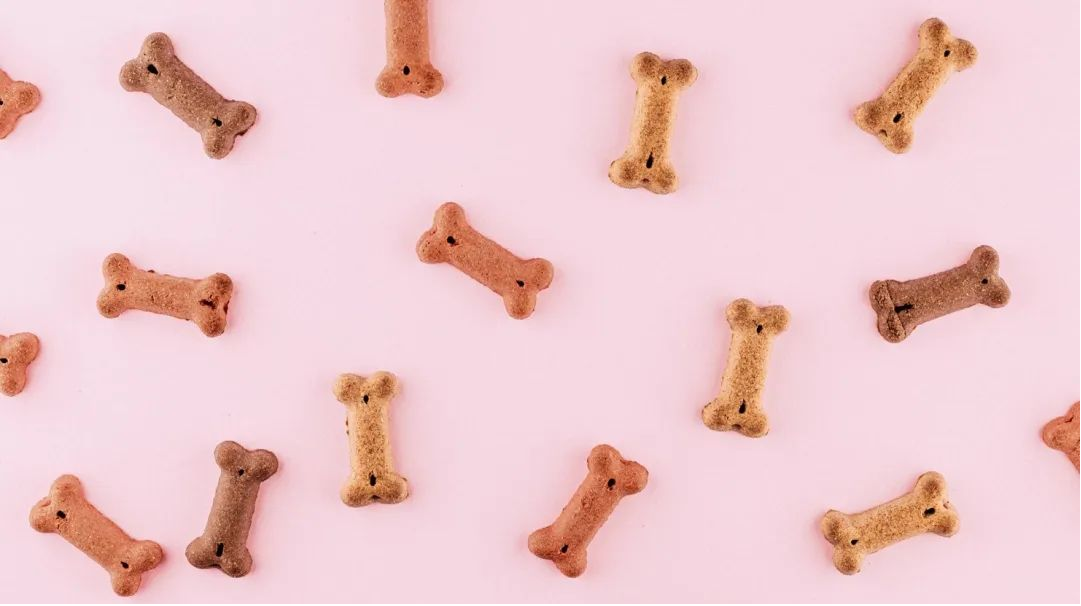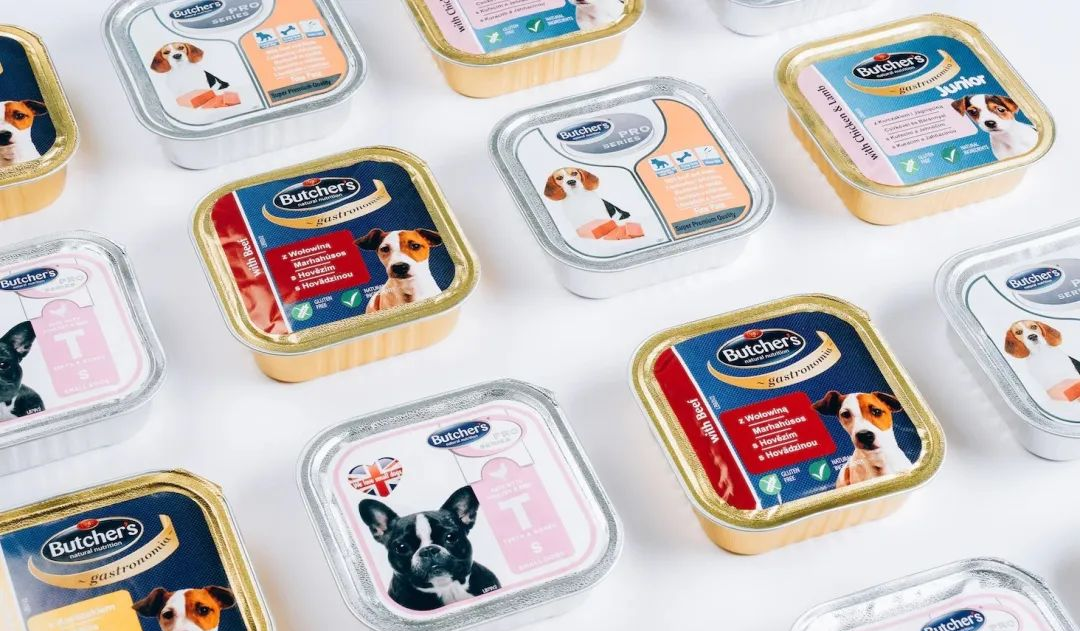Qualified pet food will provide pets with balanced nutritional needs, which can effectively avoid excessive nutrition and calcium deficiency in pets, making them healthier and more beautiful. With the upgrading of consumption habits, consumers pay more attention to the scientific feeding of pet food, and they also pay more and more attention to the safety and qualification of pet food.
Classification of pet food
Industrially processed and produced food for feeding pets, including full-price pet food and supplementary pet food;
According to moisture content, it is divided into dry, semi-moist and wet pet food.
Full-price pet food: Pet food that contains nutrients and energy that can meet the daily nutritional needs of pets, except for water.

Supplementary pet food: It is not comprehensive in nutrition and needs to be used in conjunction with other pet foods to meet the daily nutritional needs of pets.
There are also prescription pet foods, which are specially designed nutritional pet foods to address pet health problems and need to be used under the guidance of a licensed veterinarian.
Assessment indicators for pet food
Pet food is generally evaluated comprehensively based on two aspects: physical and chemical indicators (nutritional indicators) and hygienic indicators (inorganic pollutants, microbial contamination, toxin contamination).
Physical and chemical indicators can reflect the nutritional content of food and provide necessary nutrients for pet growth, development and health. The physical and chemical indicators cover moisture, protein, crude fat, crude ash, crude fiber, nitrogen-free extract, minerals, trace elements, amino acids, vitamins, etc. Among them, water, protein, fat and other components are the material basis of life and the most important nutritional index; calcium and phosphorus are the main components of pet bones and teeth, and play a role in maintaining the normal activities of nerves and muscles and participating in the blood coagulation process. plays an important role.

Hygiene indicators reflect the safety of pet food. The 2018 "Pet Feed Hygiene Regulations" stipulates the safety testing items that pet food needs to meet. It mainly involves indicators such as inorganic pollutants, nitrogen-containing compounds, organochlorine pollutants, bacterial microorganisms and toxins. Among them, indicators of inorganic pollutants and nitrogen-containing substances include lead, cadmium, melamine, etc., and indicators of toxins such as aflatoxin B1. . Bacteria are the most common food hygiene contamination, often causing the spoilage of the food itself and affecting the health of pets.
Relevant standards for pet food
The current pet food supervision and management regulatory system mainly includes regulations, departmental rules, normative documents and technical standards. In addition to complying with feed safety regulations, there are also relevant product standards for pet food:
01 (1) Product standards
"Pet Food Dog Chews" (GB/T 23185-2008)
"Full Price Pet Food Dog Food" (GB/T 31216-2014)
"Full-price pet food and cat food" (GB/T 31217-2014)
02 (2) Other standards
"Technical Specifications for Radiation Sterilization of Dry Pet Food Foods" (GB/T 22545-2008)
"Export Pet Feed Inspection Regulations" (SN/T 1019-2001, under revision)
"Exported Pet Food Inspection and Quarantine Supervision Regulations Part 1: Biscuits" (SN/T 2854.1-2011)
"Exported Pet Food Inspection and Quarantine Supervision Regulations Part 2: Drying Poultry Meat" (SN/T 2854.2-2012)
"Regulations on Inspection and Quarantine of Imported Pet Food" (SN/T 3772-2014)

Among them, the two product standard assessment indicators of "Full Price Pet Food Dog Food" (GB/T 31216-2014) and "Full Price Pet Food Cat Food" (GB/T 31217-2014) are moisture, crude protein, crude fat, Crude ash, crude fiber, water-soluble chloride, calcium, phosphorus, amino acids, lead, mercury, arsenic, cadmium, fluorine, aflatoxin B1, commercial sterility, total bacterial count, and salmonella. The amino acid tested in GB/T 31216-2014 is lysine, and the amino acid tested in GB/T 31217-2014 is taurine.
Post time: Jan-24-2024





